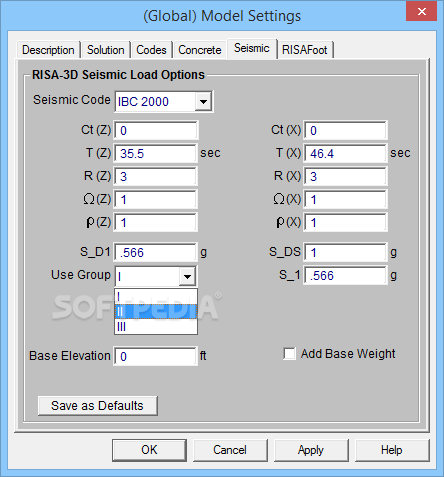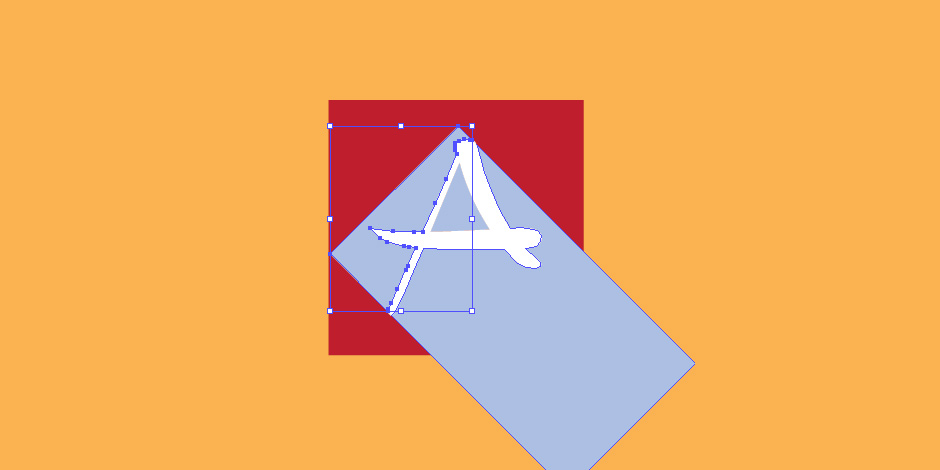
Ioannides ("Minimum Eccentricity for Simple Columns", ASCE Structures Congress Proceedings, Volume 1, 1995) demonstrated that normal connections also provide restraint to the column as they load it - even when connected to one side only - and mitigate the eccentric effects in normal framing configurations. "It is not a given that eccentricities such as those described need to be considered in the design. But, I'll post the first one here (the entire text of Charlie Carter's response): One which suggests that (even for corner columns) this eccentricity may not be necessary for design. But, I've got a web page below (based a question answered in Modern Steel Construction) that discusses the subject: I don't believe it is in there specification per se. RE: Best Practices for Column Design MCurry (Structural) If this is a real concern (which should only be the case for a relatively small number of columns in a building) then you could bring those columns into RISA-3D and add in somme moment at that location or specify a rigid end offset to account for the eccentricity. In those cases, you can certainly argue that there is some eccentricity that RISAFloor is not accounting for. What you are really concerned about for this behavior is for the edge or corner gravity columns that are not part of the lateral frames. So, it shouldn't be much of an issue for them either. Then for columns that are part of lateral resisting frames, this eccentricity is should be small compared to the moments that develop during the lateral analysis. That sort of skip loading is currently beyond the scope of the RISAFloor program.

Unless you are talking about "skip loading" of one bay versus another. RE: Best Practices for Column Design JoshPlumSE (Structural) 23 Jun 09 19:43įor interior columns (which have approximately equal loading on each side) the eccentricity should not result in any moment in the column. It happens with the drawing programs: we are seeing them evolving to a commonnality of input practices and capabilities. But I think that the general evolution of the programs is to become quite all encompassing, and maybe in the future RisaFloor and RISA won't be wanting to overcome the trend.
Risa 3d no shapes found design result software#
From a commercial and software development, maybe not, and still the features are there for those wanting to use in RisaFloor. Yet I have not found regularity enough in the projects I have been dealing with to make the use of RisaFloor an advantage it has been always more practical to me to model the thing either directly in RISA or througn some premodel in Autocad.īeing positive, I think that adding directly the features thar RisaFloor provides to RISA would have had technically (end user viewpoint) more sense. Not bad, I understand this is precisely how it has been targeted to work, by integration. This of course makes it less useful in the building environments I practice, but also explains why some provisions for designing according to some intents are not targeted to be met, since, for a start, for a complete design where there are significant lateral loads one always has to dump the thing to RISA. I see the return of the tide this same week I have read a post in eng-tips marking the reality of that compatibility of deformations need be realized at the structure level as well, not only at member or section levels.Īnd then, RisaFloor is a tool that exploits precisely -I don't know if only or mainly due to the convenience to keep a separate product from RISA- the fact of such separation between lateral resistant columns and only vertical load ones.

All moves together.Įven now you have rules at the codes that specify proportions of axial loads, stiffnesses that some substructures need have to be analyzed such and such way. Not that here the concept was not practiced (it was, mainly in the context of proportionally tall -really midrise at most- buildings stabilized by steel braced frames), but seeing this even in reinforced concrete framed structures, sometimes with shearwalls, others no, was a bit baffling. When I started to look at the american practice (I live in Spain) I was quite startled to read to what extremes the separation between vertical loads only (laterally "supported" columns) and columns forming part of lateral stability systems had been brought.

I think it is more a problem of structural philosophy.

Not that the problem you refer to might not be found in RISA if you put the pins just over supports. RISA 3D I have used ordinarily from the first day, and RisaFloor, even if being a very nice program, I have yet never found an occasion to put in practice. It is already 15 years I own a copy of RISA 3D and maybe over 5 I own RisaFloor.


 0 kommentar(er)
0 kommentar(er)
